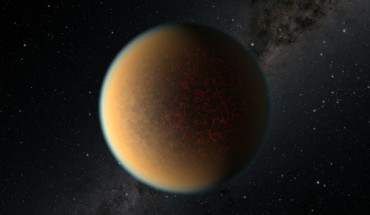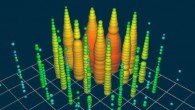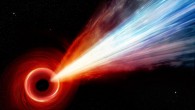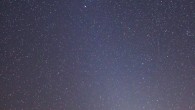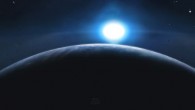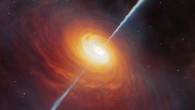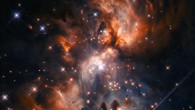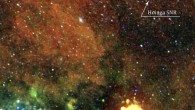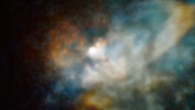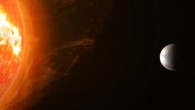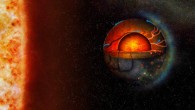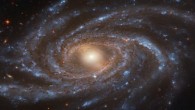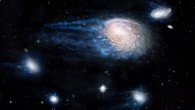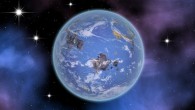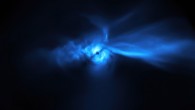Using the NASA/ESA Hubble Space Telescope, astronomers have found evidence of volcanic activity reforming the atmosphere of Gliese 1132b, a rocky exoplanet that is similar to Earth in terms of size and density. An artist’s impression of Gliese 1132b. Image credit: NASA / ESA / R. Hurt, IPAC & Caltech. Gliese 1132 is a red dwarf star located 39.3 light-years away in the constellation of Vela. Otherwise known as GJ 1132, the star is only 1/5 the...

